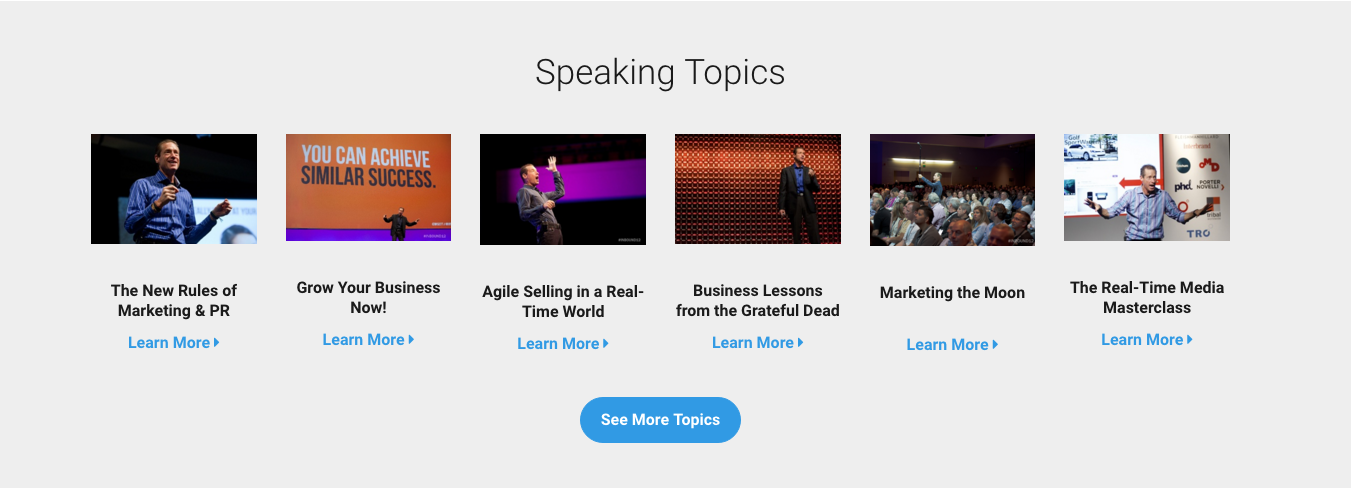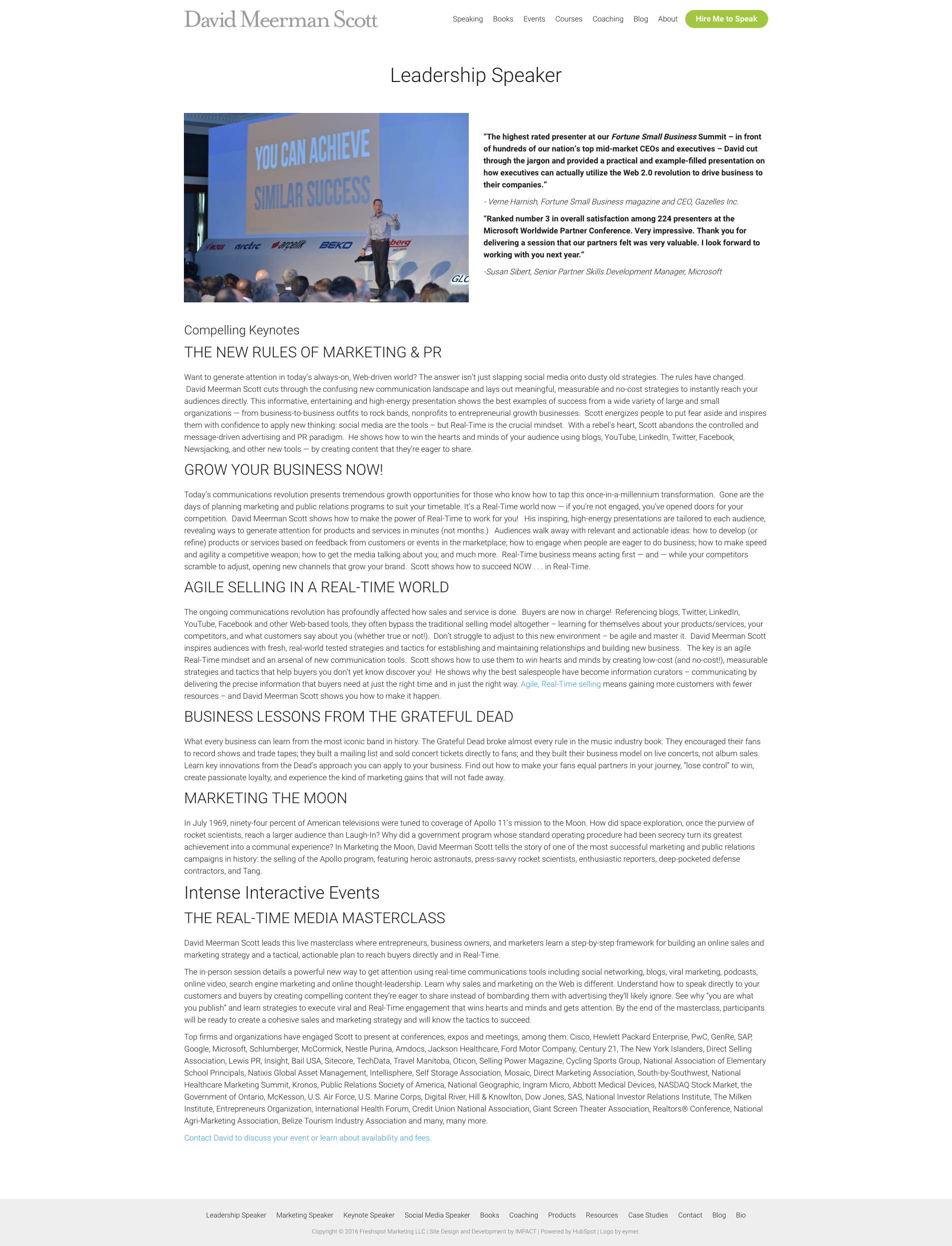Topics:
Marketing StrategySubscribe now and get the latest podcast releases delivered straight to your inbox.
 Public speaking is a powerful way to attract more clients and develop your personal brand as a leader.
Public speaking is a powerful way to attract more clients and develop your personal brand as a leader.
In The In-Demand Marketing Agency: How to Use Public Speaking to Become an Agency of Choice by Karl Sakas, you’ll find straightforward, actionable advice on developing your speaking career.
Sakas holds nothing back and I was impressed at how useful the material in this book is even outside of an agency setting.
Not only agency leaders, but any entrepreneur or business leader could use the information from this book to launch a successful speaking career.
Sakas covers the entire process from planning to execution.
How to Create a Speaking Plan
According to Sakas, creating a speaking plan is one of the best ways to quickly grow your career as a public speaker.
Not only will you be more prepared, but this speaking plan, filled with Sakas' advice, will help you build momentum by giving talks at smaller, intimate venues before building up to larger keynotes.
Below are the guideline Sakas provides for creating a speaking plan. He recommends doing the following tasks over the next 3-12 months:
1. Write an “advance retrospective”
Your advance retrospective is a brief summary about where you intend to be in the future as a speaker and as a business leader.
2. Block-out “heads down” time in your calendar for doing your speaking work
The process of launching your speaking career requires dedicated attention, especially as the skill of public speaking requires refinement on its own. Just like all business endeavors, you need to prioritize more of your time in the beginning if you are to lay a strong foundation. Blocking out this dedicated time will help you do that.
3. Develop titles and blurbs for your highest-potential topics
Whenever you pitch a speaking engagement, you’ll use these titles and blurbs to provide a summary of what could be included in your talk.
Sakas repeatedly emphasizes the value of case studies, so include one if you can.
Here’s an example of how David Meerman Scott does this on his website:


4. Flesh out your highest-potential talk as an outline
Sakas recommends holding off on creating your full slide deck until you’ve actually got a speaking gig booked. Having a confirmed venue is an instant motivation booster that makes it easier to finish the slides and also allows you to adapt them for that venue and audience.
5. Give your first talk in lower-profile venues
The same way that comics test out new material in small comedy clubs before introducing them to a wide audience, all public speakers should practice their presentation at smaller venues.
Once you’ve gotten your feet wet, you can then use that feedback to make changes and improve your routine.
After you’ve practiced, you’ll feel more confident presenting in front of your larger audience.
6. Build social proof
Compile a list of testimonials, venues from previous speaking engagements, and an estimate of your “talks per year” count.
Outside of your actual presentations, this social proof along with your speaker resume will make the biggest impact on the quality and quantity of speaking gigs you book.
For example, motivational speaker and author, Tony Robbins highlights testimonials from high-profile celebrities like Usher, Maria Menounos, and Derek Hough, while Seth Godin mentions his appearances at “Disney, Cadillac, eBay, Google, Amazon, Microsoft, Adobe, American Eagle, Eddie Bauer and hundreds of others.”
To continue, click "keep reading" below.


Order Your Copy of Marcus Sheridan's New Book — Endless Customers!

